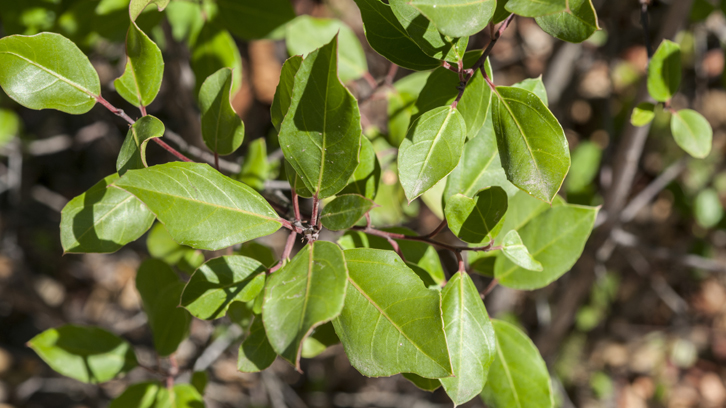Functional Traits of Plants, a Tool to Understanding and Predicting their Distribution

Functional traits are the morphological, physiological and phenological attributes of the organism which determine its biological efficacy and therefore its success under specific environmental conditions. For example, plants which have leaves capable of surviving when water is scarce can be an advantage, since this characteristic helps prevent the drying of certain organs and maintains the plant's photosynthetic activity under these conditions (i.e., continue to grow). Nevertheless, these types of leaves are generally more "expensive" to build, given that acquiring these properties requires investing a larger amount of resources. This makes these types of leaves less "profitable" in places with no scarcity of water, and in which investing in a larger number of "cheap" leaves (which do not need these properties) makes more sense.
Thus, the “decision” of the species on where and how to allocate available resources includes a series of implications which translate into more or less success (in terms of growth, reproduction and survival), depending on environmental circumstances. Obviously, many traits contribute to the biological efficiency of organisms. Therefore, there is no one solution which maximises these efficiencies in a specific environment, but multiple combinations which are compatible with survival.
Since many of these functional traits can be numerically quantified (i.e., we can assign a value to each individual species or plant), we can study their variation along the environmental gradient and establish mathematical models which can relate them to the different characteristics of the environment in which the plants live.
As this study shows, the functional traits related to the foliar characteristics (the surface of the leaf per mass unit, or specific foliar area) and to the transport of water through the stalk (vulnerability to xylem embolism) are strongly related to the maximum aridity of the main tree species found in the Mediterranean region of the Iberian Peninsula.

Examples of leaves with low specific foliar area values (left panel: Rhamnus alaternus)
and high values (right panel: Quercus pyrenaica). The image shows greater thickness and stiffness
than in Rhamnus alaternus leaves, while the Quercus pyrenaica are thinner and even
display certain transparency.
Through these models, the traits can be used as indicators of the climatic limits of these species. Identifying these relations and, more specifically, creating mathematical models which can determine them with precision is of great interest when evaluating the impact climate change could have on the species and ecosystems in which they exist, and thus pinpoint the actions which can help to prevent and/or mitigate these effects.
(2) Department of Animal Biology, Plant Biology and Ecology at the UAB and CREAF
References
Costa-Saura, J.M., Martínez-Vilalta, J., Trabucco, A., Spano, D., Mereu, S., 2016. Specific leaf area and hydraulic traits explain niche segregation along an aridity gradient in Mediterranean woody species. Perspect. Plant Ecol. Evol. Syst. 21, 23–30. doi:10.1016/j.ppees.2016.05.001

